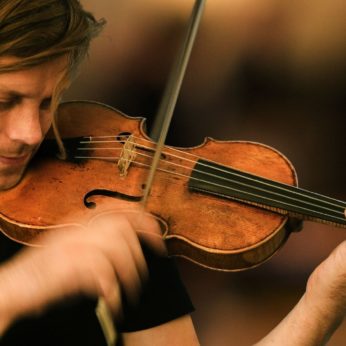Composer: Johann Sebastian Bach (b. 1685 - d. 1750)
Performance date: 29/06/2011
Venue: St. Brendan’s Church
Composition Year: c.1737
Duration: 00:15:29
Recording Engineer: Anton Timoney, RTÉ lyric fm
Instrumentation Category:Large Mixed Ensemble
Instrumentation Other: hpd-solo, 2rec, 2vn, va, db, lu
Artists:
Malcolm Proud -
[harpsichord]
Barokksolistene (Bjarte Eike [director/violin], Stefan Lindvall [violin], Torbjorn Köhl [viola], Mattias Froftenson [double bass], Fredrik Bock [lute]) -
[baroque ensemble]
Dan Laurin -
[recorder]

Copyright © 2024 West Cork Music. All rights reserved.
Designed and developed by Matrix Internet